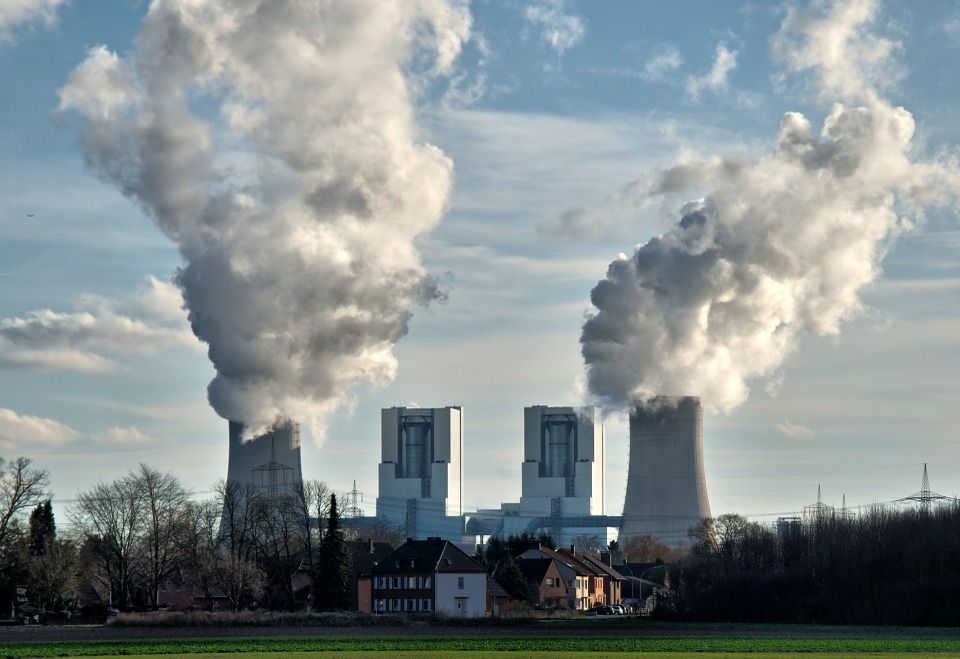Coal production at 38-year low in the US
According to a new report released by the U.S. Energy Information Agency (EIA), coal production in the U.S. fell to its lowest level since 1978 in 2016

According to a new report released by the U.S. Energy Information Agency (EIA), coal production in the U.S. fell to its lowest level since 1978 in 2016.
Fossil fuel production declined by 7 per cent from 2015 to 2016, with coal production – which decreased 18 per cent – cited as the main cause for the decline by the report.
Petroleum and natural gas production also declined, falling 5 per cent and 2 per cent, respectively.
The price of natural gas is near record lows, while production of energy from renewable energy sources including wind and solar is increasing – contributing to the decline in coal production.
After declining slightly in 2015, U.S. renewable energy production increased 7 per cent in 2016.
Wind energy made up almost half the increase in renewable production, while solar energy accounted for nearly a quarter.
The U.S. added an estimated 14 gigawatts (GW) of solar in 2016, up from 7.3 GW in 2015.
2016 also saw a steep decline in the number of coal-fired power plants in pre-construction across the world.
According to the “Boom and Bust 2017” report there was a 48 per cent decline in planned coal power stations, with a 62 per cent fall in construction starts.
In the U.S. and Europe, there have been numerous coal plants taken out of commission over the past two years, with around 120 large units being retired.
The news follows the announcement that a total of 25 cities in the U.S. have now committed to transition to 100 per cent renewable energy.
At the same time, state legislators in California and Massachusetts have also proposed 100 per cent renewable energy targets.
To receive similar updates, sign up to our free newsletter here.
